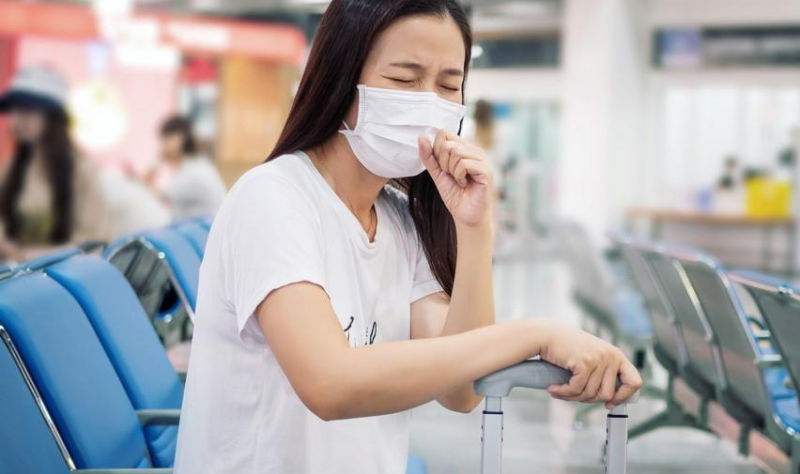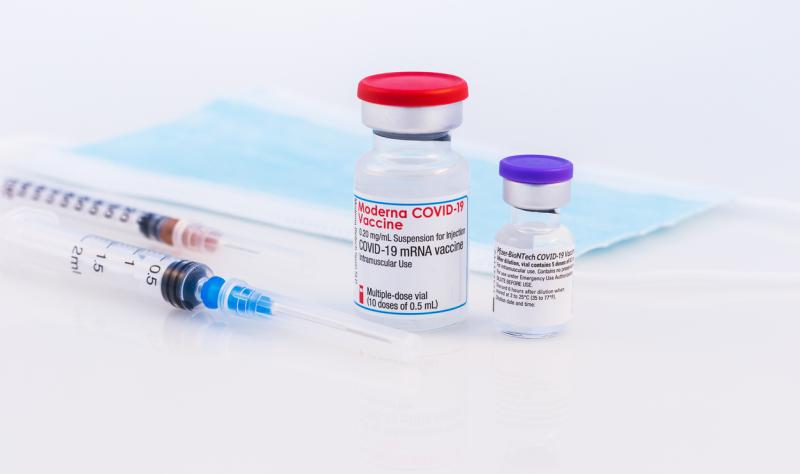Immunologic study shows rebound of other viruses after COVID measures lifted
The authors show how a relatively small serosurveillance scheme could complement traditional surveillance, enhancing epidemic understanding and forecast modeling.


The lifting of COVID-19 prevention measures such as masking and social distancing, which also tamped down the circulation of other respiratory viruses and left young children without immunity, may explain the rebound in the diseases, according to new findings based on repeat blood sampling that spanned the step-down of pandemic recommendations.
The findings are among the first in the National Institutes of Health’s PREMISE (Pandemic Response Repository through Microbial and Immune Surveillance and Epidemiology) Program, an immunoepidemological surveillance program geared toward better understanding the population dynamics of emerging and re-emerging infections and assisting with countermeasure development.
Researchers followed 174 children younger than age 10 from 2022 through 2023 at four academic medical centers: Weill Cornell Medicine, the University of Colorado Anschutz Medical Campus and Children’s Hospital Colorado, the University of North Carolina, and the University of Alabama at Birmingham. They published their findings this week in The Lancet Infectious Diseases.
Team tracked exposure to 16 different viruses
Blood samples collected for just over a year allowed the team to see what children had immunity to and what vulnerabilities they had. Meanwhile, respiratory sampling helped the team gauge the infections the children experienced during that period. Serologic sampling screened for antigens against 16 different endemic respiratory viruses, including enterovirus D68 (EV-D68), which was the primary objective, but also others such as flu, respiratory syncytial virus (RSV), parainfluenza virus, metapneumovirus, and rhinovirus.
Their analysis revealed that most of the children lacked immunity to many normal respiratory viruses during the pandemic, suggesting that they hadn’t been exposed due to COVID prevention measures that were in place. After safeguards were lifted, blood markers showed that immunity rose for all pathogens studied, which dovetailed with the widespread resurgence health officials saw after pandemic activity tapered off.
This study gives us a head start to understand, predict, and prepare for future pandemics.
The team said the study provides evidence-based insights into what drove the large post-pandemic rebound in respiratory diseases and enables more accurate predictions in the future. Using data from their study, researchers were able to accurately predict the wave of EV-D68, which can cause an acute polio-like illness, that occurred in 2024.
Hai Nguyen-Tran, MD, lead author of the study and an infectious disease specialist at Children’s Hospital Colorado, said in a hospital press release that four cohorts of 1,000 children have now provided samples and data for the PREMISE program. “These are being used to develop ‘on the shelf’ medical countermeasures, such as antibody treatments and vaccines, for pathogens of interest. Instead of starting from scratch, this study gives us a head start to understand, predict, and prepare for future pandemics,” she said.
Valuable add-on for health agencies to consider
In a related commentary in the same journal issue, Simon Cauchemez, PhD, who heads the mathematical modeling unit at the Pasteur Institute in Paris, said traditional surveillance systems only detect a small and potentially variable portion of all infections, but can’t capture the total infection burden and build-up of immunity. “This impedes our ability to understand and forecast epidemic dynamics,” he wrote.
Large-scale random testing can provide valuable information about infection dynamics and estimate infections rates, but such studies are expensive and challenging to conduct. He said the authors of the study showed how a relatively small serosurveillance scheme could complement traditional surveillance, enhancing epidemic understanding and forecast modeling.
Advances in multiplex serology have been helpful, and sharing resources to run the tests across systems make studying the different pathogens more feasible, Cauchemez wrote, adding that national health agencies should consider introducing routine serological surveillance as proposed by the researchers, similar to the way health systems have progressively adopted wastewater surveillance.



